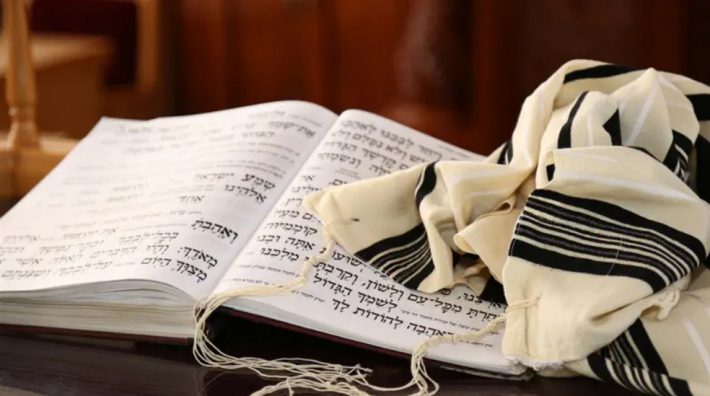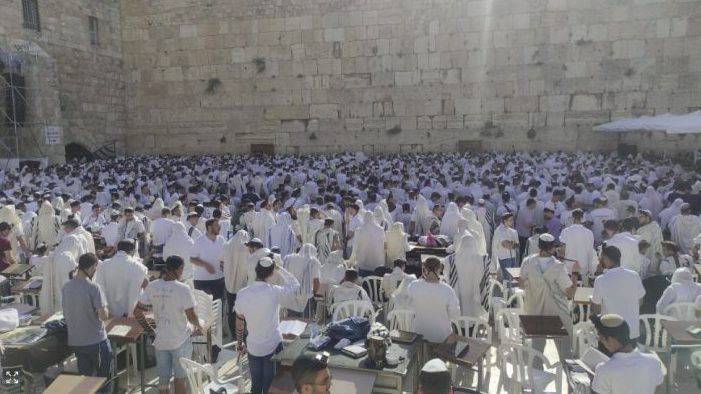Groundbreaking research shows Jewish sages in Late Antiquity were hands-on vineyard owners, crafting laws that perfectly balanced halakhah with Mediterranean winemaking traditions.
A groundbreaking University of Haifa study has uncorked a surprising truth about Jewish life in Late Antiquity — the revered sages of the era were not just legal scholars, but vineyard managers and wine industry experts who skillfully blended Torah law with the traditions of Mediterranean viticulture.
Published in the Journal of Interdisciplinary History, the research reveals that rabbinic rulings on vineyard spacing to prevent crossbreeding (kilayim) mirror almost exactly the layouts used in classical vineyards of Italy and France. This remarkable alignment suggests the sages’ agricultural wisdom was practical, not just theoretical.
Even more striking is the study’s finding that the halakhic ban on using or benefiting from libation wine offered in non-Jewish rituals only applied from the grape-pressing stage onward. This clever legal distinction allowed observant Jewish vineyard owners to employ non-Jews and non-observant Jews for early vineyard work without breaking religious law.
“The sages’ rulings were deeply rooted in the realities of their time,” said Dr. Shulamit Miller of the Haifa Center for Mediterranean History. “They understood the economic systems in which they operated and found ways for Jewish farmers to thrive in the wine industry without compromising halakhah.”
Wine was a major economic powerhouse in the Land of Israel during the 3rd and 4th centuries CE, fueling both local trade and Mediterranean commerce. Yet, until now, most scholarship focused on production stages like wine presses and amphorae — overlooking the equally critical vineyard cultivation stage.
The interdisciplinary team — Dr. Miller, Professors Gil Gambash, Guy Bar-Oz, and Eyal Ben-Eliyahu — combined rabbinic texts (Mishnah, Tosefta, Jerusalem Talmud) with archaeological evidence from vineyard excavations, as well as Greek, Latin, and Egyptian agricultural records. They examined plot sizes, vine training techniques, irrigation systems, and rock-cut planting pits, finding that Israel’s vineyards followed the same sophisticated patterns seen across the Mediterranean basin.
The conclusion is clear: at least some sages personally worked the land. They weren’t cloistered scholars detached from daily life, but pragmatic experts who tailored divine law to fit the environmental and economic realities of Jewish communities.
The study paints a vivid portrait of halakhah as a living, adaptable system — a set of laws that evolved not in isolation but in the fertile soil of real-world challenges. These vineyard-managing sages emerge as models of religious leadership grounded in practical wisdom, uniting spiritual devotion with the craftsmanship of the land.





